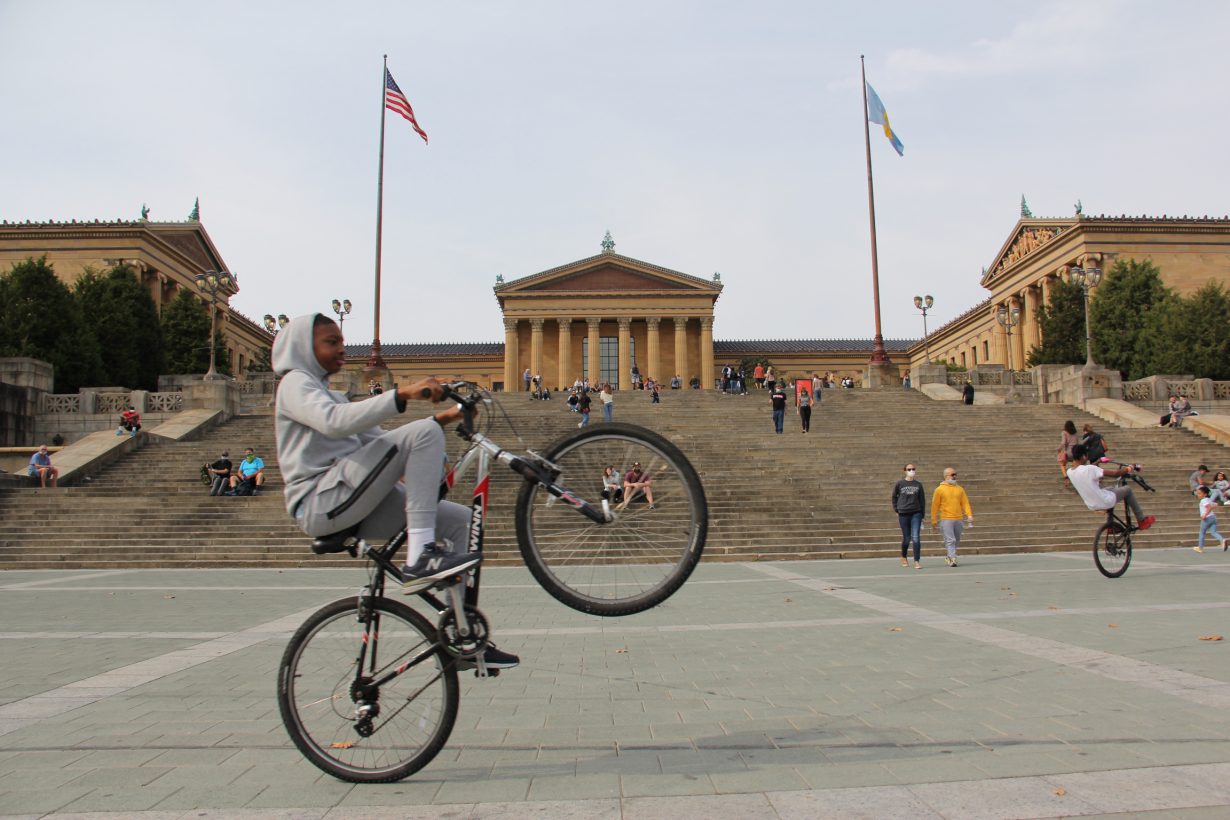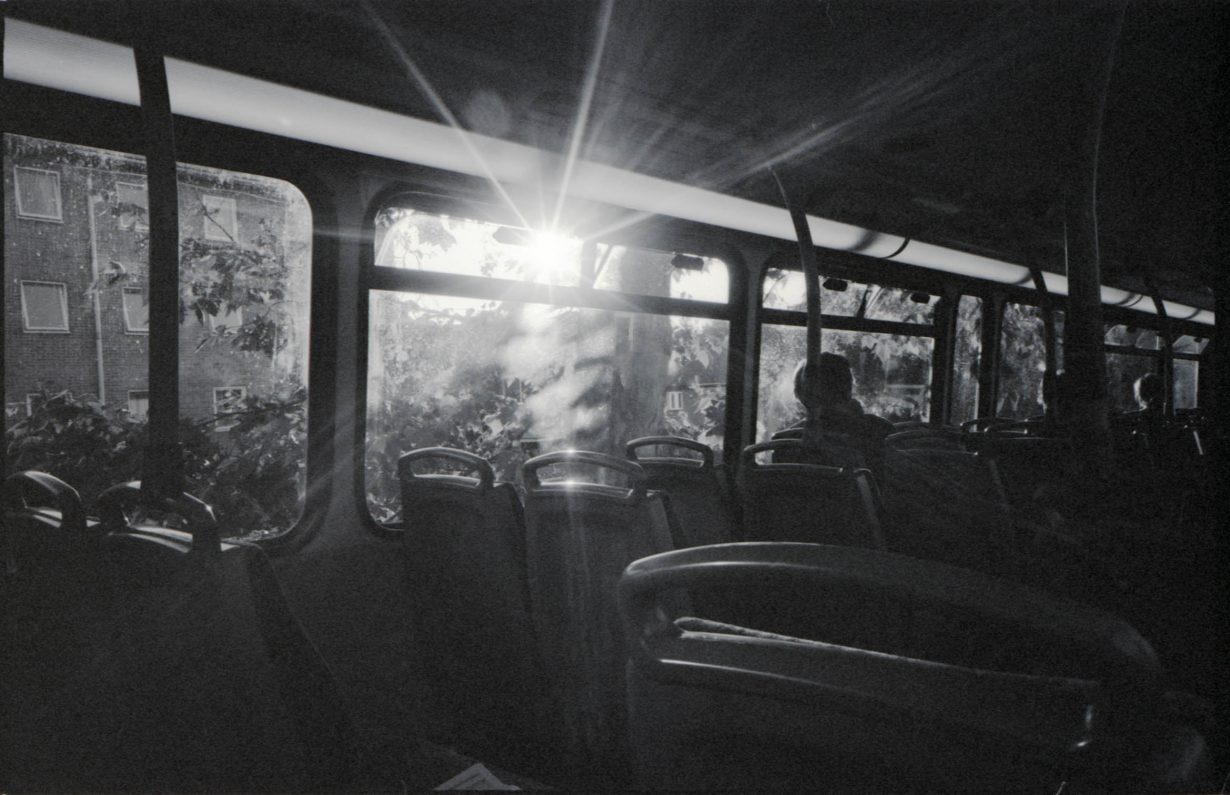The curator of the second Brent Biennial argues for a local and long-term focus

In the wake of the COVID-19 pandemic, many arts organisations have found ways to reach audiences beyond their physical events or exhibitions. Most brought their activity online as a way of broadening their reach at home and abroad, creating an illusion of democracy and access that was never expected to hold for long. But a few initiatives and projects rose to meet the challenges posed by the pandemic through an acute awareness of their most immediate surroundings, while never losing sight of the urgent need for ongoing international solidarity.
Ashkal Alwan, a non-profit organisation supporting artists in Lebanon and the region, announced that the 2021 edition of their Home Workspace Programme – which normally accepts up to 18 fellows a year for a ten-month intensive study programme – would be open to anyone wishing to attend, either online or, when possible, in person. They have made the same open call for this year’s programme, once more entirely for free. As well as widening participation, this inclusive approach addresses the conditions that threaten cultural and educational infrastructures in Lebanon and abroad.
Also defying the logics of a pandemic, the Istanbul and New York-based Protocinema has been operating cross-culturally through ‘site-aware’ art for some time. Their 2020 group exhibition A Few In Many Places, curated by Mari Spirito, commissioned five projects to be developed across five cities, with a focus on creating incredibly localised conversations. Happening in Montreal, Istanbul, Philadelphia, Berlin and, again, Beirut, all the of projects addressed inherited cycles of violence specific to their own contexts, while simultaneously reflecting on what it means to work, relate and respond to each other outside the economies of travel, networking and ‘globalised’ collaboration; conditions that, even outside of a pandemic, are all too often exclusionary.
Sounding out violence through history and the present, Philadelphia-based artist Michelle Lopez’s contribution, Keep Their Heads Ringin’ (2020), saw a group of young inner-city kids ride bicycles with speakers playing a sound piece that combined the traditional ringing of the American Liberty Bell’s clock tower with snippets of popular music that use the derogatory terms ‘ding-dong’ and ‘ching-chong’. Activated at noon on weekdays in close vicinity to the clock tower in the downtown of her home city, the sound installation alluded to the bell’s symbolism as an object of freedom and equality while simultaneously highlighting the insidious and pervasive nature of racism, particularly in relation to the increase of anti-Asian sentiment brought forward by COVID-19. In 2021, as part of a second iteration of the exhibition, Lopez organised a series of guided tours through Independence National Park, home of the Liberty Bell, this time assembling people to walk and listen to the sound piece in procession; turning the audience’s physical presence into a body of protest.

A similar impetus for change is at the core of what has been happening in Brent, a large borough in northwest London, where I have been working as the curator for the next edition of the Brent Biennial, taking place this summer. The Brent Biennial is a relatively new project that originated during Brent’s year as London’s Borough of Culture in 2020, an initiative of the Mayor of London, supporting boroughs in the capital that have previously received little investment for arts and cultural activity.
This doesn’t mean that there isn’t any culture already in Brent. As the second most ethnically diverse borough in London, it can be found everywhere. However, there are many reasons why many people in Brent might not have access to visual art, and indeed many reasons why artists may find it difficult to sustain their practice there (many people have never even had the chance to give being an artist a try). Since the Borough of Culture, Metroland Cultures, a new charity established as part of the legacy of the year-long programme, has been working to recognise how a lack of funding and opportunities have stifled the possibilities for art and artists to flourish in Brent. The Brent Biennial, one of Metroland’s core programmes, is part of its longterm strategy.
But what does it mean for this outer-London borough to have a visual arts biennial? Straddling the North Circular, a thoroughfare dividing ‘inner’ and ‘outer’ London, Brent is often wrongly assumed to be a suburban periphery or a city outside of London entirely (until you mention Kilburn, Willesden or Harlesden, and then most people realise its close proximity to the neighbouring boroughs of Camden or Westminster). But unlike those places, Brent is not known for its arts programming nor as a regular destination – unless of course you are a football fan (in which case you will know that Brent has the largest stadium in the UK, in Wembley).

The word ‘biennial’ also has little resonance with most Brent locals, and certainly doesn’t conjure visions of the international travel, hard-to-get-into parties or ‘career-defining’ moments for artists and curators often associated with these artworld extravaganzas. I am myself critical of them, and certainly not naive about the ‘biennial-industrial complex’ and its supposed relevance or benefit to its host communities (beyond, of course, the accumulation of financial, social and cultural capital for those who, more often than not, already have it).
Thinking meaningfully about what a biennial could be when run with a hyperlocal focus as its priority, the curatorial team (made up of artists Adam Farah, Jamila Prowse and Abbas Zahedi, as well as Kit Edwards, assistant curator, and Lauren Wright, head of programmes for Metroland Cultures) have been reflecting on what it means to be speaking to and from Brent first, and then reaching out to others, as different gestures imbued with an equally generous spirit. We’re asking, what would a biennial look like if we were to really implement a reorientation towards the local as a different model for engagement, one that doesn’t fall into the pitfalls of nationalist or insular agendas?

While the pandemic might have down-scaled our worlds, facilitating experiences that have been delineated by the confines of our cities, our neighbourhoods, our streets, our own homes, Brent is by no means a silo; it is a microcosm of the systems, struggles and power dynamics at play elsewhere in London, England, the UK and certainly other parts of the world. What is particular to Brent as a place that is built on the back of various histories and legacies of migration – both past and present – is that it is also an example of the ways in which individuals and communities find alternative ways to resist and survive even when faced with the most unwelcoming of conditions. Jayaben Desai, a South Asian woman who on a Friday August morning in 1976 staged a walk-out with a handful of colleagues at the Grunwick photo processing lab on Chapter Road in Willesden, demanding better conditions of work and pay, embodies this lineage. Desai and her co-workers not only fought for the right to unionise at the lab, they also unfolded a two-year-long fight that would become a significant moment in labour history, mobilising thousands of workers all across the country – many of whom were white working class men– in support of the working rights of women and migrants.
The second edition of the Brent Biennial will pay particular homage to these immigrant, feminist and queer traditions, reflecting on ten years since the implementation of the Hostile Environment policy in the UK – a damaging set of legislative and administrative measures that in many ways has paved the way for increasingly nationalist, xenophobic and white supremacist agendas in Britain. The 2012 legislation preempted Brexit, and the damaging Nationality and Borders Bill currently passing through parliament (which, if passed, would mean that two in five people in England and Wales from an ethnic minority background could be deprived of their citizen status without warning). This focus will be less about singling out a particular struggle, and more about dissecting the insidious nature of oppression and the value of intersectionality, seeking to highlight the urgent need for solidarity across difference.
Importantly, this vision for the Brent Biennial is not about producing socially engaged art or to appease the increasingly meaningless slogan ‘art for everybody’. The demand for artists and arts organisations to be used as a social and political ‘good’ has never been more present in the UK, not least to absolve the welfare state of its responsibilities. Instead, it’s about recognising that communities have already been creating change in Brent for a long time, and inviting artists to reflect, collaborate and amplify the work that has been happening across voluntary services, solidarity efforts, mutual aid, crisis response, care and, yes, at times the production and interest in various kinds of art and culture. The artists and community groups that are participating in the biennial will explore this through various approaches to questions of home and belonging, reconfiguring the assumed positivity that can be attached to these notions when their social value hinges solely on their commodifiable recognition; as things that we own, get given, we’re born with, or that we’re simply ‘naturally’ associated with. In the exhibition, home and (un)belonging will take many material and immaterial forms, including a song, a memory, a bedroom, a youth group, a church, a friend and a poem.
Throughout, all we can offer is the planting of another seed, one that hopes to open up spaces and relationships that are meaningful to the community, as well as those who come from the outside to join it. Through this, what might eventually emerge is the framework for a new type of biennial, one that will always be deeply rooted in Brent, but remains open to the world.
Eliel Jones is the curator of the second Brent Biennial which opens 8 July – 11 September